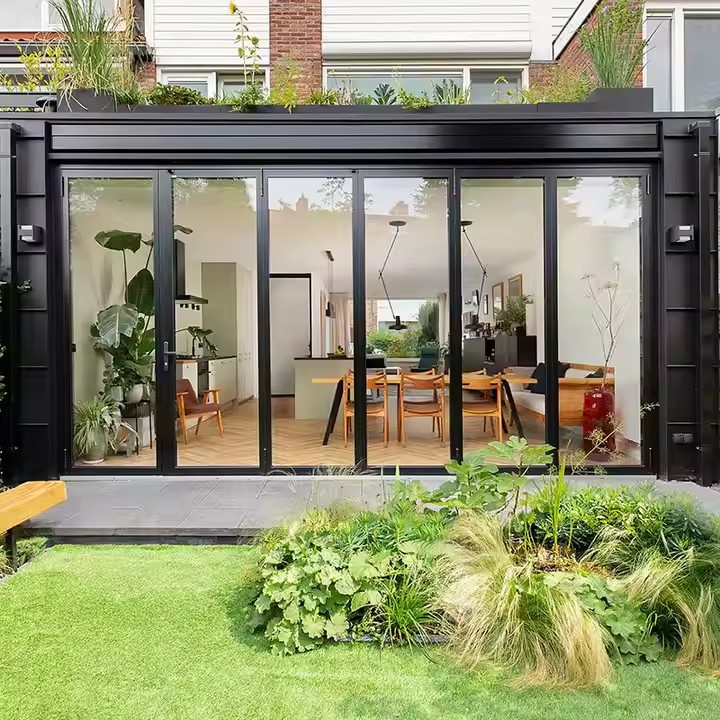I. Introduction
With the acceleration of global economic integration, Chinese door and window enterprises are actively expanding into overseas markets. Australia, with its stable economic growth, vibrant construction industry, and continued demand for high-quality door and window products, has become a highly promising target market. Developing a scientific and effective sales strategy is critical for Chinese manufacturers to establish a foothold and achieve long-term success in the Australian market.
II. Market Analysis
- Current Status of the Australian Door and Window Market
Australia’s construction sector is developing steadily, with increasing numbers of new residential and commercial buildings, as well as renovation projects for existing structures. This trend creates substantial demand for doors and windows. Australian consumers place high value on product quality, performance, and aesthetics. They prioritize durability, energy efficiency, security, and harmony with architectural style. - Competitive Landscape
The Australian door and window market is highly competitive. Local brands hold a significant market share, including well-established Australian manufacturers with strong reputations and brand loyalty. In addition, many internationally renowned brands from Europe and the United States have entered the market. With advanced technology, premium quality, and mature market operations, these global brands are highly competitive in the high-end segment. Chinese enterprises entering Australia must face dual pressures from both local and international competitors. - Market Demand Trends
Growing Demand for Energy Efficiency and Sustainability: As environmental awareness rises, Australian consumers are increasingly attentive to the energy performance of doors and windows. There is growing demand for products with excellent insulation and thermal performance.

Emerging Demand for Smart Features: In the high-end residential sector, smart door and window solutions—featuring functions such as automatic operation, intelligent security, and remote control—are gaining popularity.
Rising Demand for Customization: Consumers are seeking more personalized living spaces. As a result, there is growing demand for customized designs, colors, and materials in door and window products.
III. Sales Strategy Development
- Product Strategy
Compliance with Australian Standards: Conduct in-depth research on relevant Australian standards, such as AS2047, which sets requirements for wind resistance, moisture protection, and sound insulation. Ensure that product performance meets or exceeds these standards. Tailor product R&D and improvements to local needs—for instance, optimize structural design and material selection for wind resistance based on different regional wind zones, and use corrosion-resistant materials and advanced sealing technology to enhance durability in humid environments.
Diversified Product Portfolio: In addition to standard aluminum alloy and uPVC windows and doors, expand the product lineup with higher-end options such as aluminum-wood composites and thermal break aluminum products to serve various customer segments and budgets. Develop specialized products that align with Australia’s climate and architectural style—for example, promote low-E glass products in sunny areas for better insulation, and offer high wind-load resistant products in coastal regions. Also, expand into complementary product lines such as accessories and shading solutions to offer a one-stop service.
Smart and Customized Solutions: Increase R&D investment in smart window technologies to meet the needs of high-end markets. Build a customized service system that accommodates clients’ design preferences, dimensions, color choices, etc., to enhance satisfaction and differentiation.

- Pricing Strategy
Tiered Pricing: Set prices based on product quality, functionality, and target customers. For basic models that meet essential performance needs, offer competitive pricing to attract price-sensitive buyers and quickly gain market share. For mid- to high-end products with enhanced energy efficiency, smart features, or customization, set premium prices that reflect added value and appeal to customers seeking quality and personalization.
Cost Control and Reasonable Profit Margins: Optimize production processes, reduce material procurement costs, and improve manufacturing efficiency to control overall product costs. While ensuring quality, maintain reasonable profit margins to stay competitive while achieving sustainable profitability. Monitor exchange rate fluctuations and material cost changes to adjust pricing strategies accordingly.
- Channel Strategy
Partnering with Local Distributors: Identify experienced Australian distributors in the construction and building materials industry with strong networks and good reputations. Establish long-term, stable partnerships by offering competitive pricing, reliable product supply, marketing support, and after-sales service training. Leverage their resources and market influence to accelerate entry into the Australian market.

